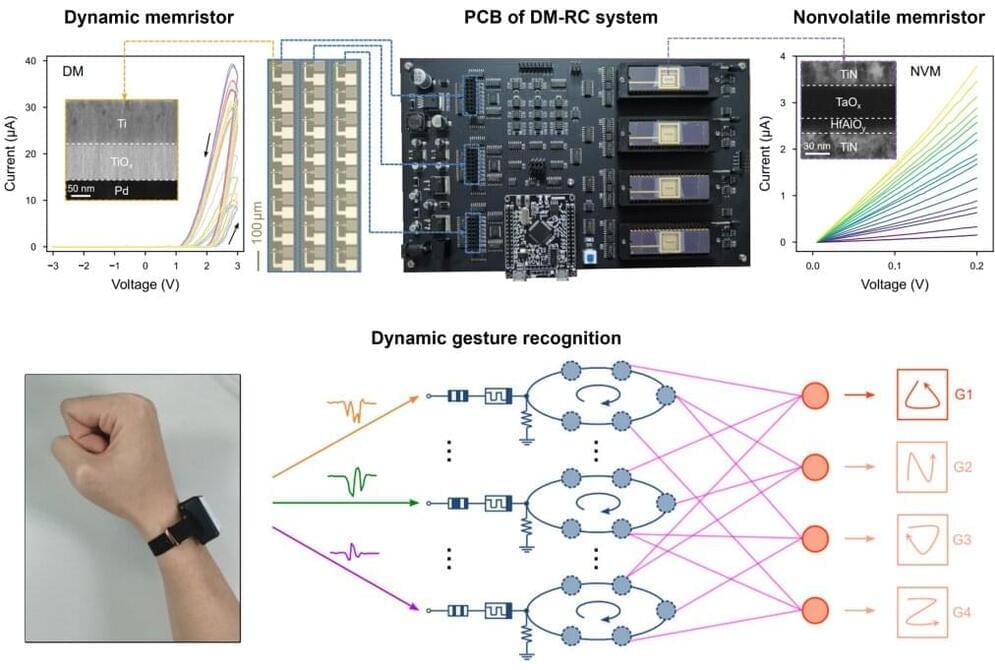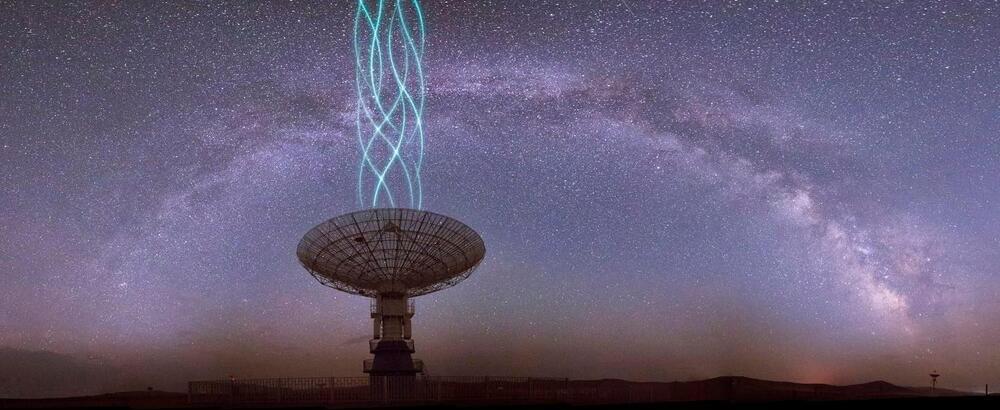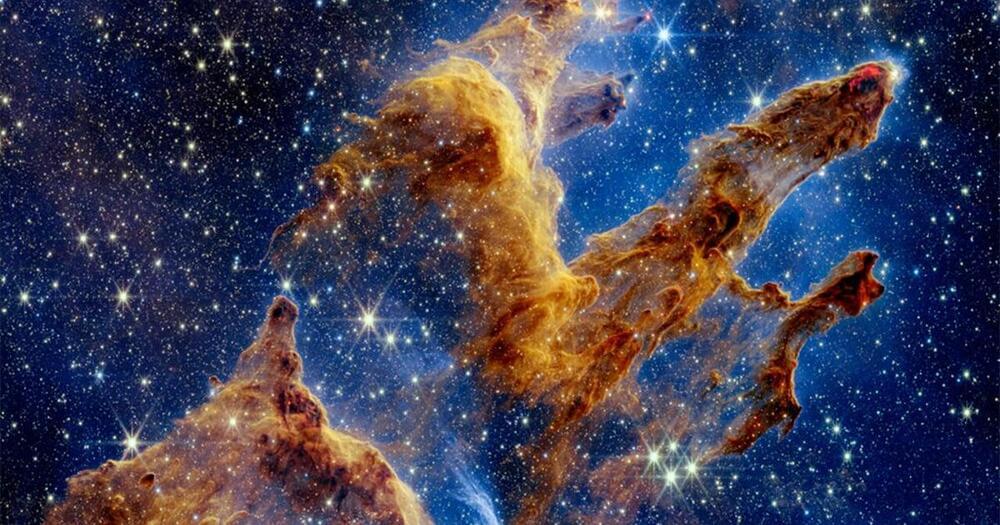
Reservoir computing (RC) is an approach for building computer systems inspired by current knowledge of the human brain. Neuromorphic computing architectures based on this approach are comprised of dynamic physical nodes, which combined can process spatiotemporal signals.
Researchers at Tsinghua University in China have recently created a new RC system based on memristors, electrical components that regulate the flow of electrical current in a circuit, while also recording the amount of charge that previously flowed through it. This RC system, introduced in a paper published in Nature Electronics, has been found to achieve remarkable results, both in terms of performance and efficiency.
“The basic architecture of our memristor RC system comes from our earlier work published in Nature Communications, where we validated the feasibility of building analog reservoir layer with dynamic memristors,” Jianshi Tang, one of the researchers who carried out the study, told TechXplore. “In this new work, we further build the analog readout layer with non-volatile memristors and integrate it with the dynamic memristor array-based parallel reservoir layer to implement a fully analog RC system.”

















